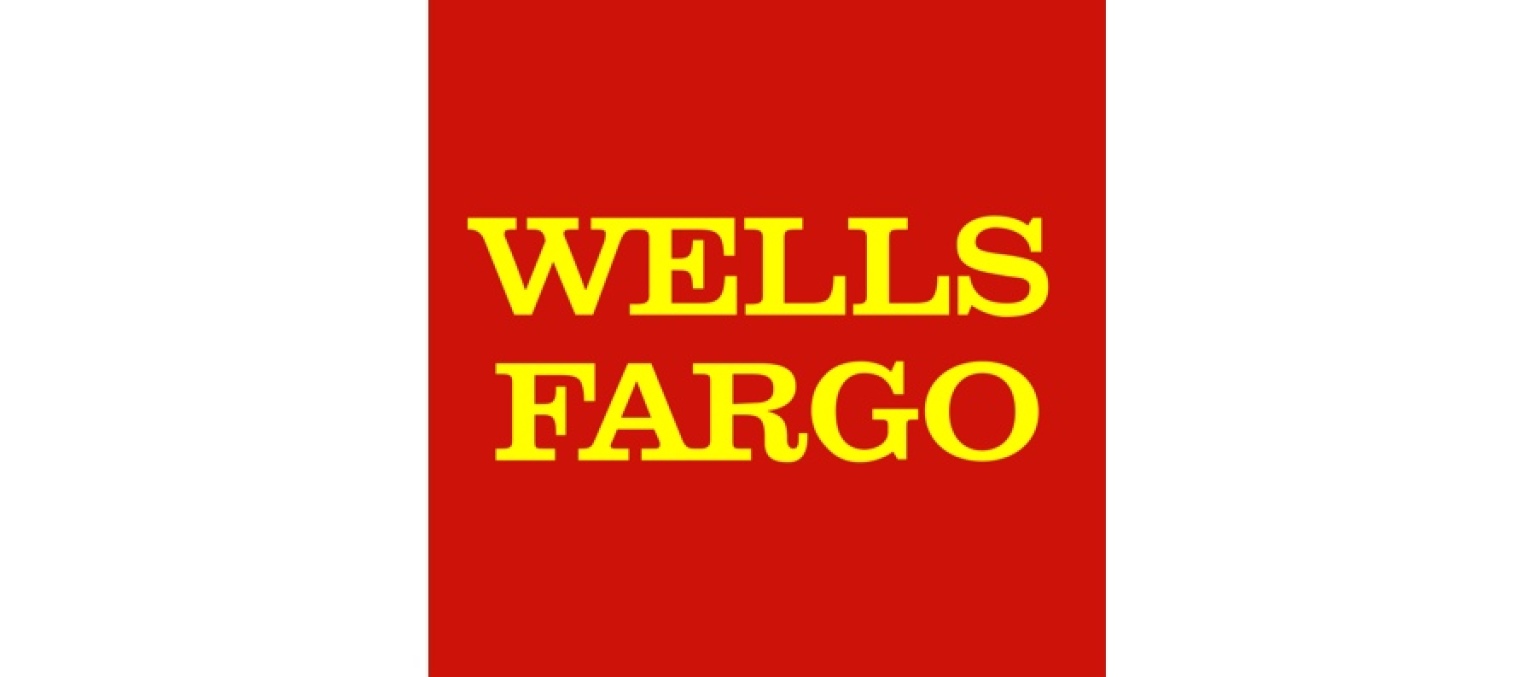
Wells Fargo & Company is an American multinational banking and financial services holding company headquartered in San Francisco, California, with "hubquarters" throughout the country. It is the third largest bank in the U.S. by assets and the largest bank by market capitalization. Wells Fargo surpassed Citigroup Inc. to become the third-largest U.S. bank by assets at the end of 2015. Wells Fargo is the second largest bank in deposits, home mortgage servicing, and debit cards. Wells Fargo ranked 10th among the Forbes Global 2000 (2015) and the 30th largest company in the United States, according to Fortune 500 (2015).
In 2007 it was the only bank in the United States to be rated AAA by S&P, though its rating has since been lowered to AA in light of the financial crisis of 2007-08. The firm's primary U.S. operating subsidiary is national bank Wells Fargo Bank, N.A., which designates its main office as Sioux Falls, South Dakota.
Wells Fargo in its present form is a result of a merger between San Francisco–based Wells Fargo & Company and Minneapolis-based Norwest Corporation in 1998 and the subsequent 2008 acquisition of Charlotte-based Wachovia. Following the mergers, the company transferred its headquarters to Wells Fargo's headquarters in San Francisco and merged its operating subsidiary with Wells Fargo's operating subsidiary in Sioux Falls.
Wells Fargo is one of the "Big Four Banks" of the United States, along with JPMorgan Chase, Bank of America, and Citigroup its main competitors. The company operates across 35 countries and has over 70 million customers globally. In 2012, it had more than 9,000 retail branches and over 12,000 automated teller machines in 39 states and the District of Columbia. In July, 2015, Wells Fargo became the world's largest bank by market capitalization, edging past ICBC.
In February 2014 Wells Fargo was named the world's most valuable bank brand for the second year running in The Banker and Brand Finance study of the top 500 banking brands.
Wells Fargo has various divisions that finance and lease equipment to all manners of companies. One venture is Wells Fargo Rail, which in 2015 completed the purchase of GE Capital Rail Services and merged in with First Union Rail.
History
The current Wells Fargo is a result of a 1998 merger between Minneapolis-based Norwest Corporation and the original Wells Fargo. The new company kept the Wells Fargo name to capitalize on the long history of the nationally recognized Wells Fargo name and its trademark stagecoach (the company's previous slogan, "The Next Stage," is likely a nod to the company's trademark). After the acquisition, the parent company kept its headquarters in San Francisco. The company's current tagline, "Together we'll go far" also references the stagecoach motif, its customers, and represents the company name itself in a transposed way.
In-store branches
There are many mini-branches located inside of other buildings, which are almost exclusively grocery stores, that usually contain ATMs, basic teller services, and, space permitting, an office for private meetings with customers.
Wachovia acquisition
On October 3, 2008, Wachovia agreed to be bought by Wells Fargo for about $14.8 billion in an all-stock transaction. This news came four days after the Federal Deposit Insurance Corporation (FDIC) made moves to have Citigroup buy Wachovia for $2.1 billion. Citigroup protested Wachovia's agreement to sell itself to Wells Fargo and threatened legal action over the matter. However, the deal with Wells Fargo overwhelmingly won shareholder approval since it valued Wachovia at about seven times what Citigroup offered. To further ensure shareholder approval, Wachovia issued Wells Fargo with preferred stock holding 39.9% of the voting power in the company.
On October 4, 2008, a New York state judge issued a temporary injunction blocking the transaction from going forward while the situation was sorted out. Citigroup alleged that they had an exclusivity agreement with Wachovia that barred Wachovia from negotiating with other potential buyers. The injunction was overturned late in the evening on October 5, 2008, by New York state appeals court. Citigroup and Wells Fargo then entered into negotiations brokered by the FDIC to reach an amicable solution to the impasse. Those negotiations failed. Sources say that Citigroup was unwilling to take on more risk than the $42 billion that would have been the cap under the previous FDIC-backed deal (with the FDIC incurring all losses over $42 billion). Citigroup did not block the merger, but indicated they would seek damages of $60 billion for breach of an alleged exclusivity agreement with Wachovia.
No comments:
Post a Comment